F. Rafael M. Lima
IRS-Assisted Massive MIMO-NOMA Networks with Polarization Diversity
May 27, 2021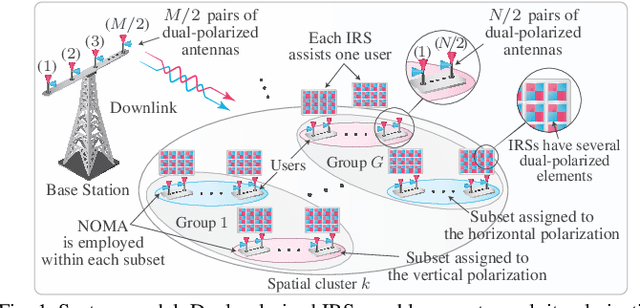
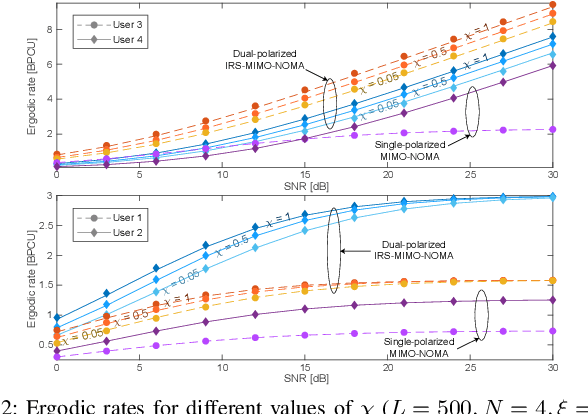
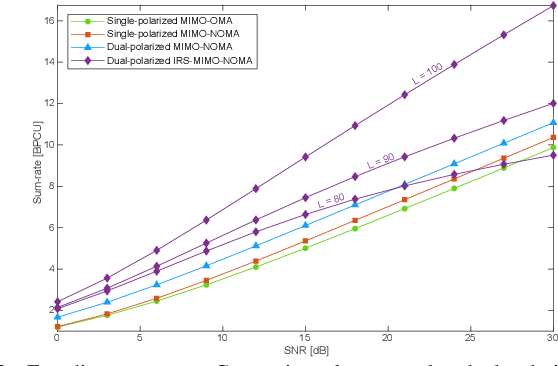
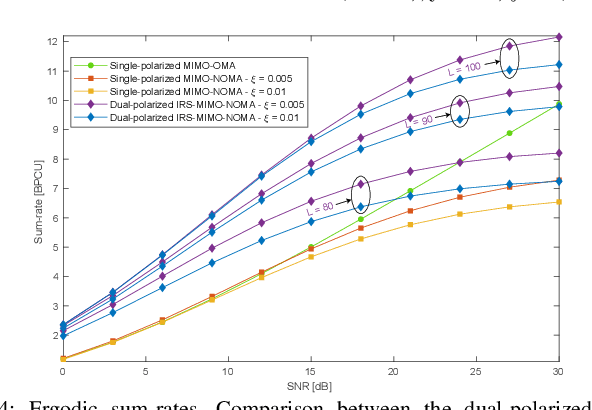
Abstract:In this paper, the appealing features of a dual-polarized intelligent reflecting surface (IRS) are exploited to improve the performance of dual-polarized massive multiple-input multiple-output (MIMO) with non-orthogonal multiple access (NOMA) under imperfect successive interference cancellation (SIC). By considering the downlink of a multi-cluster scenario, the IRSs assist the base station (BS) to multiplex subsets of users in the polarization domain. Our novel strategy alleviates the impact of imperfect SIC and enables users to exploit polarization diversity with near-zero inter-subset interference. Our results show that when the IRSs are large enough, the proposed scheme always outperforms conventional massive MIMO-NOMA and MIMO-OMA systems even if SIC error propagation is present. It is also confirmed that dual-polarized IRSs can make cross-polar transmissions beneficial to the users, allowing them to improve their performance through polarization diversity.
Deep Reinforcement Learning for QoS-Constrained Resource Allocation in Multiservice Networks
Mar 03, 2020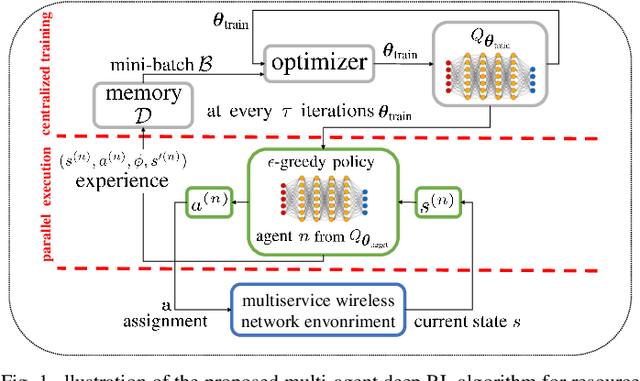
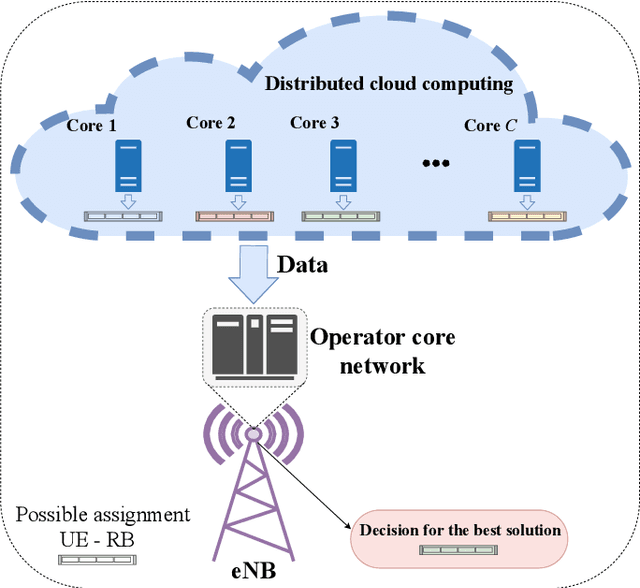
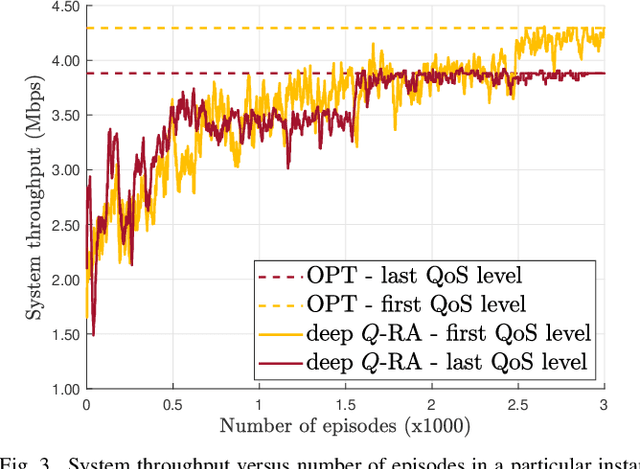
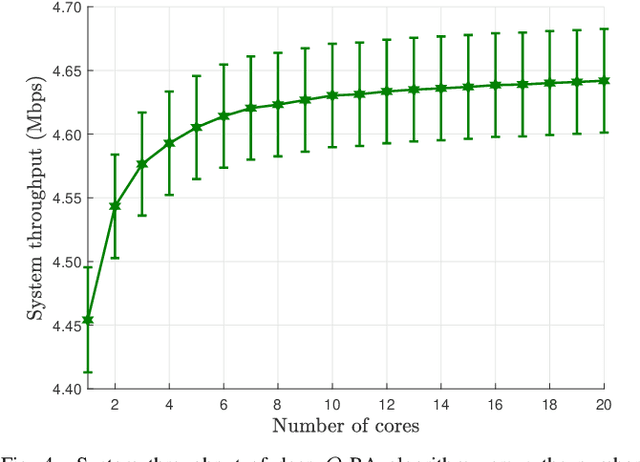
Abstract:In this article, we study a Radio Resource Allocation (RRA) that was formulated as a non-convex optimization problem whose main aim is to maximize the spectral efficiency subject to satisfaction guarantees in multiservice wireless systems. This problem has already been previously investigated in the literature and efficient heuristics have been proposed. However, in order to assess the performance of Machine Learning (ML) algorithms when solving optimization problems in the context of RRA, we revisit that problem and propose a solution based on a Reinforcement Learning (RL) framework. Specifically, a distributed optimization method based on multi-agent deep RL is developed, where each agent makes its decisions to find a policy by interacting with the local environment, until reaching convergence. Thus, this article focuses on an application of RL and our main proposal consists in a new deep RL based approach to jointly deal with RRA, satisfaction guarantees and Quality of Service (QoS) constraints in multiservice celular networks. Lastly, through computational simulations we compare the state-of-art solutions of the literature with our proposal and we show a near optimal performance of the latter in terms of throughput and outage rate.
 Add to Chrome
Add to Chrome Add to Firefox
Add to Firefox Add to Edge
Add to Edge